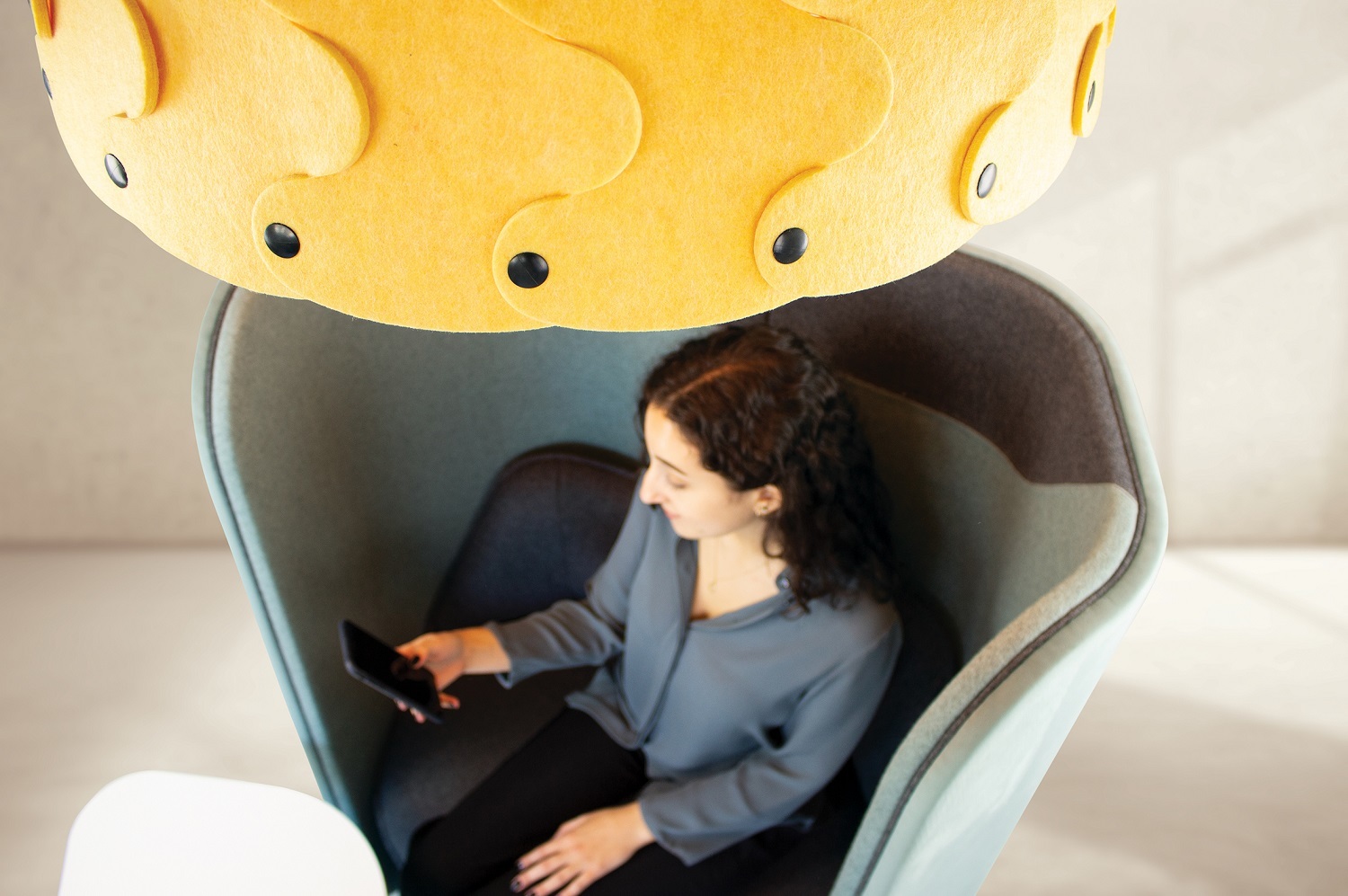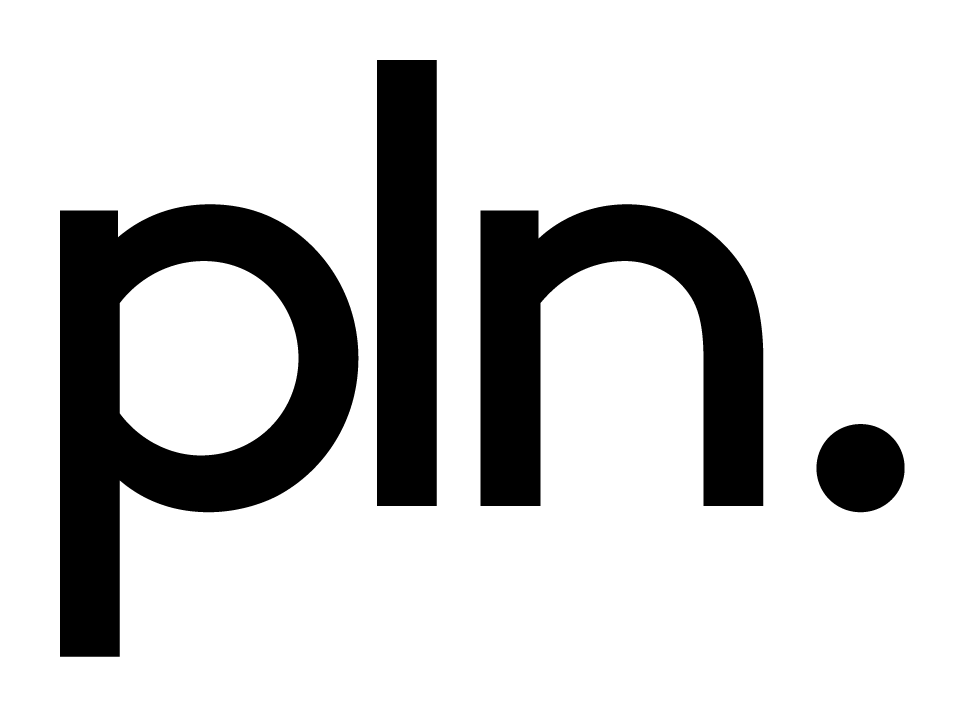Nudge
A recent whitepaper by M Moser Associates highlights the reasons people come to the office and how office design just doesn’t match the motivations of those employees to be there.
Moser reports that offices are still largely designed around individual focus or task work, whilst 85% of employee motivation is for each other – collaboration, socializing or events. In other words, most people want to work with, collaborate with or socialize with others in the office and perform focus work at home.
This disparity in expectation versus reality may fuel reasons so many employees are still keen to avoid the office. The commute may be another big one and the potential drop in convenience and comfort another.
Nudge Theory
But this reality dissonance is potentially disruptive to productivity, creativity, wellbeing and resilience and probably negatively impacts both corporate and personal goals.
If the gap between what employees want, what employers want and what the workplace provides is too wide to bridge, then some gentle adaptation of behaviour is needed. The physical workplace environment can be made as flexible as possible to ‘nudge’ employees towards desired behaviours.
Nudge theory is a behavioural concept that suggests people’s decisions and behaviours can be influenced by just small changes in the way options and choices are presented. Rather than using coercion it is about understanding how people think and using that to nudge them towards a desired decision or outcome.
The affordance of each piece of furniture in your workpalce needs to be considered: the characteristics or features that show how it should be used or that encourage a particular behavior. Ensure it's obvious to the user what you want them to do when they enter your workplace. The quiet, focus areas should look and feel quiet and serene and the collaboration zone should scream 'team'. Don't leave any margin for guessing.
Choose a Quiet Workplace
For example, if the business has identified that more individual, task or focus work performed in the office is beneficial, for whatever reason, then the reduction of barriers (physical and psychological) to employees finding a quiet space must make sense.
As we can see from the chart above, workplaces tend to be mostly set up for individual work, giving little choice to employees about their personal workspace. But with the understanding that people crave personal choice and are more likely to desire collaboration at work, then modular furnishings that have acoustic characteristics and are adaptable for both multi-person use or individual use could be used to encourage focus work in-situ.
Perhaps just a few attractive and comfortable quiet spots are made available. These can be away from high traffic areas, again using acoustics and spatial defining pieces, such as large and low light shades, (acoustic HUSH lights are perfect for this) and/or maybe task lighting options. This kind of set-up can also work on a biophilic 'nature of the space' level, providing an aspect of refuge.

The addition of freely available snacks and beverages, as would be found at home will certainly help here too.
These scenarios present focus work as a choice, not a requisite and are thus more likely to be taken up.
Choose Collaboration in the Office
If, on the other hand, face-to-face collaboration is seen as a key goal, but employees are reluctant to leave the comforts of home, then furniture that somewhat replicates the home environment and allows for the style of collaboration you need (lean-in, lean back, ideation, detailed planning etc), then this will gently nudge behaviour in that direction.

Choose Personal Choice
To avoid incentivised behaviour change, which will work only as long as the incentive does, behavioural change should be celebrated or marked only once it has been achieved.
Allowing employees to somewhat control their environment is key. Provision of easily adaptable or moveable furniture will let people create the space they want and need, rather than having it foisted upon them, through inflexible and fixed desks for example. Start with as much spatial variety as possible and assess and measure how, when and how much each is used. PLN used sensors in seating to measure use in a school to see how position and line of sight to teachers affected how the children used a breakout room. Adapt the space as you learn and as behaviours change to those the business requires - problem solving and productivity should improve where employees have choice of where and how to work.
A piece such as the PARK Move pod is mobile, has acoustic properties and is quickly connected to available tech, so makes an ideal touch-down focus spot. Whilst a flexible, changeable system such as Keystone, allows for constant change as needed to respond to requirements.

Working Eco-System
A workplace theory gathering pace is not to think of home, office and third-locations (cafes, parks etc) as completely separate working spaces, but actually as a single ecosystem. This approach will ever more require flexibility and adaptability in the furniture considerations for the office part of this whole.
